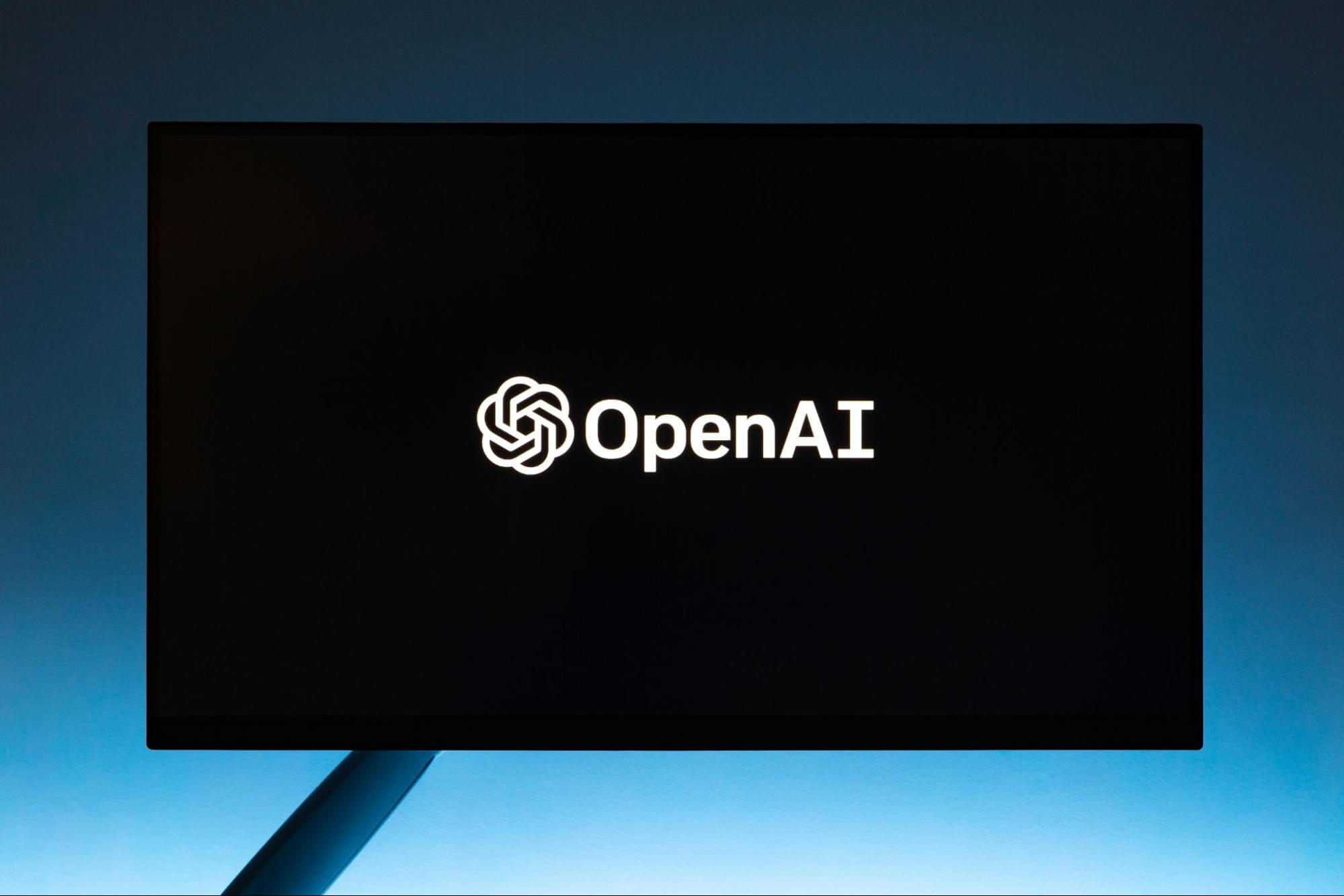
Can ChatGPT Transcribe Audio
98% accurate, real-time transcription in just a few clicks. 58 languages and multiple platforms supported.
The 21st century has been a year full of innovations, with AI being on everyone's tongue. From autonomous vehicles to ChatGPT, the global AI market is worth over $136 billion. According to experts, the industry will grow more than 13 times in the next seven years.
The demand for various forms of content coupled with the race to automation makes transcription services one of the biggest beneficiaries of AI. You no longer need a stenographer or a typist to transcribe a recording. AI allows you to convert any video or audio to text automatically in minutes. One tool that is making headlines with its capabilities to automate transcription is ChatGPT's speech-to-text Whisper API.
This article will explore Whisper API's capabilities in transcribing audio, how to use it, and the various industry applications. Let's get started.
Can ChatGPT transcribe audio?
Yes, ChatGPT, the language model by OpenAI, can now transcribe audio and video files into text in over 50 languages. It can also translate even more into English. ChatGPT does this using a speech-to-text functionality powered by OpenAI's Whisper API.
When you upload the audio, the AI tool uses a speech recognition algorithm to make sense of the audio and generate a matching text output.
Introducing the ChatGPT speech-to-text feature
ChatGPT voice-to-text is a feature on the Whisper API, an automatic speech recognition system by Open AI trained on more than 680,000 hours of multilingual and multitask data. The training occurs without any supervision.
So how does it work?
When you upload audio to the API, the system breaks the track into 30-second parts. The system converts these parts into images similar to a graph representing the various changes in audio. The images pass through the encoder, which comprehends all the audio details from the photos. Finally, they go through the decoder, which guesses the words based on the sound pictures.
Language support
The Whisper audio-to-text architecture provides two endpoints that assist with audio transcription into the original language and translation into English. Both endpoints support numerous languages, including English, Arabic, French, Japanese, Chinese, German, and Spanish. The transcription accuracy in these languages is impressive, with the standard word error rate being less than 50%, an industry-standard benchmark.
It is worth noting that the language model has undergone training in 98 different languages so far.
File support
The API can handle various files, including mp3, wav, mpeg, mp4, m4a, mpga, and webm. However, there is a default audio size limit of 25 MB. If the audio file is bigger, consider compressing it using an online tool or diving it into smaller chunks before uploading.
Capability on PC, Laptop, and iOS:
ChatGPT's speech-to-text feature is accessible on a PC, laptop, and iOS device.
You should use OpenAI Python v0.27.0 on your PC and laptop to ensure the code runs smoothly. You also need to provide the audio in the specified format. For those using an iOS device, you may need to download the official ChatGPT app for your iPhone to access the service.
Notta can convert your spoken interviews and conversations into text with 98.86% accuracy in minutes. Focus on conversations, not manual note-taking.
Prompting
Like any other Open AI model, using prompts in the Whisper API can significantly elevate the transcript quality you get. The Whisper audio-to-text model adapts its accuracy in formatting to be similar to the prompt you issue. If you employ proper capitalization and punctuation in the prompt, so will the output.
You can use the prompt to correct frequently misidentified words and acronyms in the audio. Nevertheless, there are limitations on how to use the prompts compared to other models. For example, Whisper API gives you less control over the style and tone but more over basic formatting.
Additionally, complex audio will negatively affect the result of the transcription. Despite these limitations, Whisper API is still a top performer when transcribing content quickly and precisely.
Applications of ChatGPT speech to text
You can utilize an AI transcription service like Whisper API in numerous ways. However, these are the most common ones.
Content creation - It can help content creators to repurpose their content.
Healthcare - Doctors can use it to transcribe their patient's notes
Finance - It can help in transcribing financial reports and vital calls
Education - Can aid in transcribing lectures and discussions.
Marketers - It can help in transcribing meetings.
Beyond transcription, there are numerous other ways to use ChatGPT, such as content creation, market research, and customer service. You can attribute its versatile use to its extensive NLP capabilities.
Start transcribing with AI
ChatGPT's voice-to-text feature allows users to transcribe more than 50 languages and translate numerous others into English quickly and accurately. However, depending on the audio quality, diction, pronunciation, and background noise, it may have some slight limitations.
It's worth noting that while ChatGPT's Whisper API can work on multiple devices, it's not beginner-friendly for users of PC and laptops. A good speech-to-text platform that meets similar speed and accuracy criteria but is also user-friendly with access points from the web, mobile, and Chrome extension is Notta. Give it a try today and benefit from a superior AI transcription service.